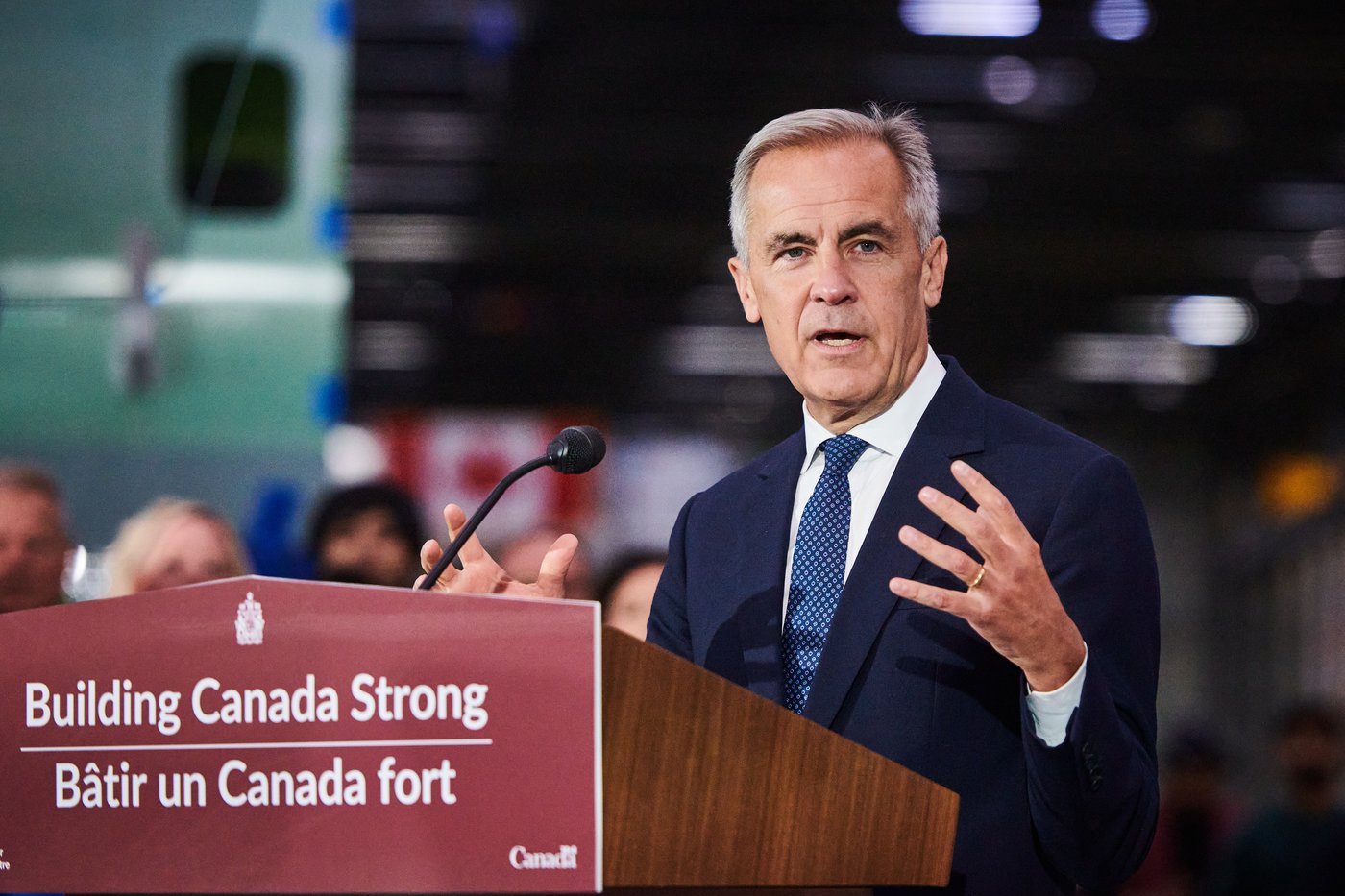As municipalities work to address homelessness, how do they measure success?
Beverly Melanson says her cabin is all she needs when it comes to housing.
“I am so happy here,” she said while sitting in the dining area of A Better Tent City, a tiny home community in Kitchener, Ont.
She can lock the door, take her shoes off, microwave something for dinner, watch TV and feel safe.
“It’s nice. It’s normal,” she said.
She knows officials from the Region of Waterloo come to the site once a week to talk to people about getting on the housing wait list.
“I’m not going to waste their time,” Melanson said. “They could offer me housing. I wouldn’t take it. I don’t want to leave.”
The 50 tiny homes located on city and school board owned lands on Ardelt Avenue is more than just a place for people to sleep, the volunteers who operate it say.
Laura Hamilton says “it is a community, it’s built on relationships.”
“We’ve become home for those for whom no other home has, or could be, provided and we need your support to help our residents to reclaim their dignity, find hope and begin to imagine a different future,” Hamilton said.
But recent conversations at regional council have raised the question of whether the project is producing the results officials would like to see, whether it can be deemed a success and what the region should be focused on when it comes to helping people who are homeless.
Housing researchers say the answer is multi-faceted and includes keeping track of people moving through the system, talking to people living in encampments about what they want and getting all levels of government to work together.
Project needs funding
Hamilton and other A Better Tent City board members spoke during a regional council meeting on Nov. 8 to ask for $236,390 in 2024 to hire staff who would help residents connect with services, including finding more permanent housing.
The group also applied to a new housing program through the region but was denied the funding.
The exact reason they were turned down was not revealed at the meeting, but Wilmot Mayor Natasha Salonen wondered if it was because in the three years that A Better Tent City has existed, just six people have moved into more permanent housing.
“The model of A Better Tent City isn’t necessarily to move people through to further housing. When I visited, that was kind of what I was told, at least by residents, that this was their community,” Salonen told the volunteers.
Later in the same meeting, during a conversation about an interim report into how to end chronic homelessness in Waterloo region, Salonen questioned what the region’s focus should be.
“I’m trying to really get a grasp of, should we as a region be investing in people providing services that are to help with the hemorrhaging problem that you say is continuing to grow, which is finding emergency shelter spaces? Or is it that we should be proactively looking at actually building upstream housing so that people have some hope beyond being in our shelter systems and actually have somewhere to move?” she said.
“I’m seeing us investing money, but I’m not seeing, what are the deliverables, then, that we’re anticipating?”
Need measures of success
The word “deliverables” may be jarring for people to hear when talking about an issue of human rights, but it’s not uncommon, says Daniel Kudla, a sociology professor at Memorial University in St. John’s, N.L.
It’s part of a trend into homeless governance that has been taking shape in North America over the last decade that is “tied to this cost-benefit economic analysis of homeless populations.”
“So it’s usually framed as if, what is the cheapest approach to reduce homelessness,” Kudla said.
That doesn’t mean deliverables can’t be expected by municipalities that are funding programs to help people experiencing homelessness, says Laura Pin, an assistant professor in the arts faculty at Wilfrid Laurier University in Waterloo and a housing researcher.
But, Pin noted, not everyone who is homeless has the same experiences.
“If we don’t have measures of success that are sensitive to that, we risk not recognizing the success of responses that address the needs of people experiencing the most severe forms of social marginalization and people with multiple barriers to transitioning to permanent, adequate housing,” she said in an interview with Craig Norris, host of CBC Kitchener-Waterloo’s The Morning Edition.
LISTEN | Laura Pin on what it means to be successful when it comes to addressing homelessness in the community:
The Morning Edition – K-W6:45When it comes to addressing homelessness, how do you measure success?
Featured VideoWhen it comes to addressing the crisis of people experiencing homelessness, what does success look like for municipalities? Laura Pin, an assistant professor in the arts faculty at Wilfrid Laurier University and a housing researcher, discusses that question and work she and her students have done at the tiny home community A Better Tent City in Kitchener.
Need to track people’s progress
Pin says it’s also important to remember places like A Better Tent City often give homes to people who are labelled “difficult to house.”
“I think we need to acknowledge that and incorporate that into how we understand our deliverables,” she said.
“So if we’re measuring people who are leaving a space, are we being careful to follow where they’re going? Are they actually moving to permanent housing? Are they staying in that housing or are they just continuing homelessness in a different place? So I think we’ve got to be attentive, being very careful with those measures.”

When she thinks of success, University of Ottawa housing researcher Carolyn Whitzman thinks of Finland. Since 1987, the country has tracked how many people have been moved from encampments or emergency shelters into housing.
“There’s been this nice, clear trend line of reduction, very much unlike the rest of the world, frankly,” she said.
Finland follows the housing first approach, “which is not having conditions of sobriety or mental health in order to move housing. It’s moving people into permanent housing with supports if necessary.”
For municipalities, or even the federal government, to really understand deliverables when it comes to homelessness, Whitzman says there needs to be a better job done of tracking people.
“We don’t do a good job of counting people who are in housing need nationally,” she said.
WATCH | The Region of Waterloo opened its own tiny home managed shelter earlier in 2023:
Featured VideoThe new outdoor shelter at 1001 Erbs Road is almost ready. When it does open, it will be run by The Working Centre, a Kitchener nonprofit that offers support for the region’s homeless population. The region has said that services for things like addictions and mental health will be available to residents too. Construction crews were drilling in the final few screws when CBC K-W’s Aastha Shetty dropped by for a media tour.
Rapid housing initiative has helped
The federal government released its fall economic update this week and for Kitchener Mayor Berry Vrbanovic, there was something important missing.
“Something more immediate in terms of homelessness. As you know, that’s a top of mind issue particularly with winter on our doorstep,” he said.
He said the region will need federal and provincial money moving forward and he’d like to see the rapid housing initiative become permanent.
In 2020, the federal government launched the rapid housing initiative. It has seen three rounds of funding. The region has received some of that money including:
- December 2020 — $8.2 million was announced to build 42 affordable homes in Kitchener and Cambridge.
- December 2021 — $6.6 million was announced for 26 housing units to be created through two projects by The Working Centre in Kitchener and one by YW Kitchener-Waterloo.
- January 2022 — $7.1 million was announced to build 74 units as part of two projects led by the K-W Urban Native Wigwam Project in Cambridge and OneROOF in Kitchener.
- June 2023 — $9.8 million was announced to fund 44 new units in Kitchener being built by The Working Centre.
Whitzman said she was disappointed not to see another round of funding through the rapid housing initiative because it has created homes for thousands of people across the country.
All levels of government need to be involved
Whitzman and Kudla agree that municipalities cannot — and should not be expected to — build affordable and supportive housing alone.
“You do need federal infrastructure money for housing. Absolutely. And you do need provincial money, partly for support services, health and social support services and also what people are given on Ontario Works and Ontario Disability Support Program is not enough for people to be able to sleep safely and eat,” Whitzman said.
Kudla noted that ever since the 1990s, the federal government has downloaded responsibility for services for people who are homeless, leaving municipalities and non-profits to fill in the gaps.
“It shouldn’t be just tasked down to the level of cities. There needs to be more spaces where all levels of government, public sector systems, non-profits, private sector collaborators form local decisions on how to best serve local homeless populations,” he said.
What is success?
The idea of what can be considered success when dealing with homelessness from a municipal standpoint is not a black and white issue, Pin said.
“On one really basic level, I think success is keeping people alive in terms of making sure that in their immediate situation they have somewhere safe for them to shelter at night, food to eat, a place they can shower,” she said.
“On another level, for sure, success is transitioning people into permanent housing they can afford.”
Back at A Better Tent City, while Melanson wants to stay, she’s seen others leave.
“I’ve watched them get housing and a few of them are enjoying it. They like it,” she said.
As people move out, there are always people ready to move in.
That includes Alicia McDonald. The 43-year-old moved to Kitchener in June from the Niagara region and frequently hangs out at A Better Tent City, although she does not live there.
“Just having a home, a roof over my head, that would be success,” she said. “I really think that having a cabin here would just give me the stability I need to move forward in pretty much every facet of my life.”

.jpg?crop=1.777xh:h;*,*&downsize=510px:*510w)


